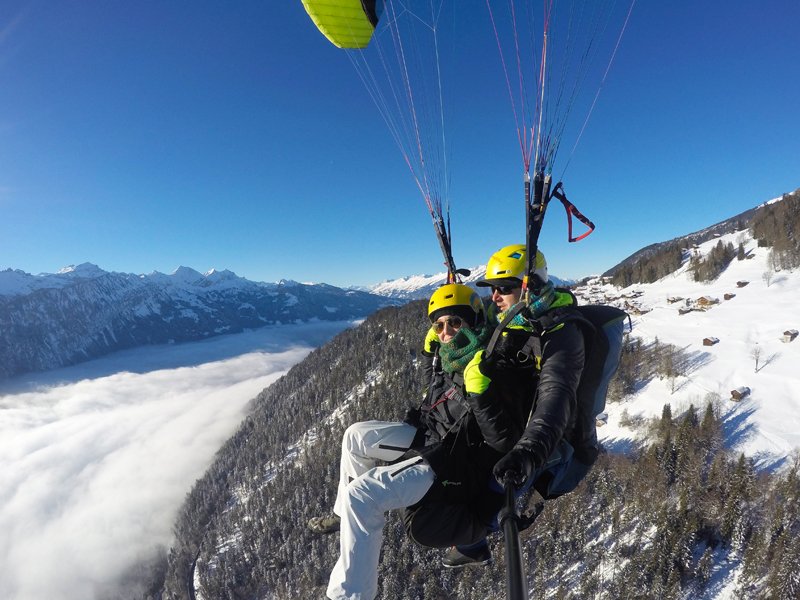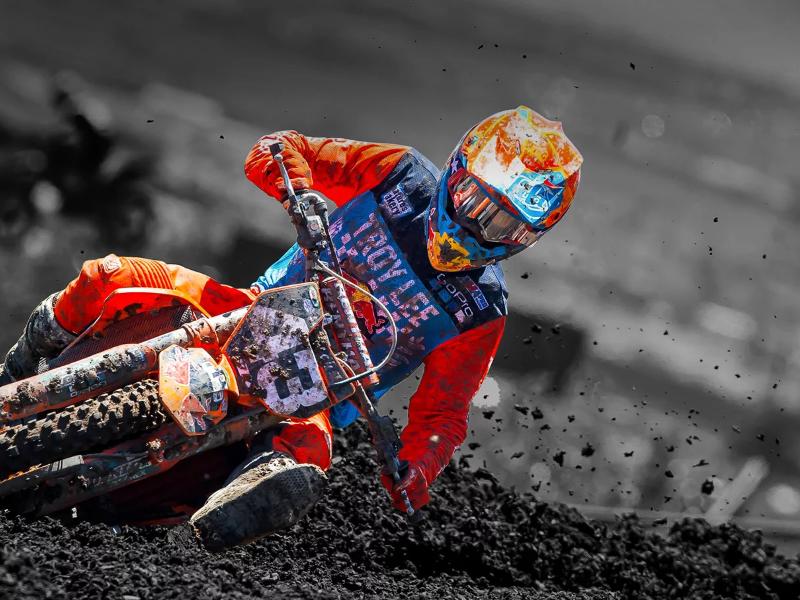All kinds of “extreme” manifestations, including in sports, have gained popularity among young people. Now in any large city you can meet guys (less often – girls), whose leisure is associated with the so-called extreme sports.
Among them there are “city extremists” who ride skateboards, “aggressive” rollers and special bicycles (MTV, BMH), performing various tricks. What makes them different from other young people?
Sport without control as a style
The main thing is a certain lifestyle. They “roll”, hang out, have fun, participate in competitions, watch, discuss and create their extreme – video and extreme – albums. They promote and lead an active lifestyle, are proud to be different from others.
As a rule, they listen to “positive”, energetic music and pay much attention to their appearance. It so happens that the extreme is associated with wide jeans, a free t-shirt and a “jacket”, cap, sneakers, shaggy hair and a crazy look! However, when you get to know them better, you realize that this is often not the case.
In no case should you think that city extremists are such a big friendly “team”. Sometimes there are different conflict situations among them. For example, between aggressive rollers and skaters, between BMH-players and MTV-players, etc.
As a rule, the clashes are not forceful (although this is also the case). Basically, it is limited to verbal battles, especially on Internet forums, and the final delimitation of the territories of meetings.
The main reasons for conflicts are to find out whose type of “steeper” and more extreme, or indignation over spoiled objects for skiing (stairs, parapets). But in general, many riders treat each other well. Moreover, there is practically no one who would do only one extreme sport without trying themselves in each other.
It feels like nothing compared to anything else.
How do “ordinary people” feel about these urban extremes? They are often perceived as idlers, crooks, hooligans, disorderly conductors, “crazy” and, frankly, worthless teenagers. Passers-by (often older generation) and even parents of riders do not understand and do not accept such hobbies.
“They should have done better in education or some serious work! – They are indignant. Indeed, why put yourself at risk when there are hundreds of other possibilities to “raise the adrenaline”? What for? Why do they prefer extreme to basketball or football, for example?
First of all, they are motivated by the desire to get “an incomparable experience”. Secondly, the extreme realizes the desire to improve, to overcome their fears, as well as pride in themselves in performing various tricks.
What to hide, an important place also occupies “show off” in front of others and the desire to stand out: “….attracts the fact that so far, this is not enough people doing it, it pleases the ego, such as – “we are special”; still nice when the occasional audience appreciates your “bandages”. Joint meetings and “rides” form a special psychological atmosphere, charge with unique energy.
Another important argument many people consider health. However, on forums sometimes there are statements that young people skate under the influence of various drugs and alcoholic beverages, because it is “not so terrible” or “so much more fun”.
It is possible to argue with this, because extreme sports imply maximum concentration and control of the body. So, what kind of alcohol is there if you’re going to learn back flip? Though it is impossible to deny that after riding or from nothing to do riders gather in crowds, drink beer, discuss everything in the world, have fun and joke over passers-by.
Invent a new one!
One of the motivations for choosing extreme sports, not traditional sports, is the creativity of the former. There is a certain basic set of tricks in each discipline, but the main thing is the ability to invent and invent your own tricks and combinations.

In other sports, such as football, gymnastics, running, swimming, etc., there are special sections and classes where an experienced coach teaches the basics to athletes.
There is no such thing in the city extreme. And, despite the fact that now there are all sorts of MTV schools, skateboarding, etc., where anyone can get acquainted with both theory and practice, most people prefer to study on the street, inventing something of their own.
Here is the position of one of the riders: “A lot of people came to the mtb (I think with the rest of the “extreme” as well) because there you can do a lot of new things, which nobody has done before you! But this is the smallest part!
Here you’re constantly developing, raising your technique, learning something new! It’s not unimportant that the coach isn’t shouting behind your back “where you… ran, on the other flank, passing to Ivanov, forgot how I said?!!”, nobody commands you, you’re left to yourself! complete freedom!
Some may have the impression that extremists simply intentionally do things differently from everyone else, outraged everyone, and especially like what they shouldn’t do. As if they challenge society. But, in fact, they simply do not consider political, ideological motives.
This is a kind of “phigism”. Extreme sports are not “against” or “for” the basic culture. Many people skate for themselves without thinking about the opposition to traditional sports.
Playing against the establishment
But there are those who clearly share the extreme and generally accepted norms: “The fact that the ideas of anti-globalism are very well tied to the passion for extreme sports is understandable,” says one of the representatives of alternative sports I interviewed. – Extreme, especially its urban branches, like a street, is essentially the same vandalism as, for example, graffiti.
Scandal is one of its elements. In general, it is a game against the establishment, at least not organized at all. But these are the extreme views of fanatical representatives. Despite its novelty and unconventionality, it is impossible to talk about the presence of a pronounced political side of extreme behavior, as, say, of anarchists.
Nevertheless, riders (or, metaphorically speaking, street children) cause constant anxiety among the public and the authorities, which is manifested in the disapproval of passers-by, as well as in “clashes” with law enforcement agencies.
The main problem is that monuments, railing, sidewalks, stairs, etc. spoil because of various tricks. In addition, beginners or too reckless riders sometimes knock passers-by down, are an extra headache for elderly people, drivers. (Here comes to mind the experience of some countries where there are special bicycle lanes).
By the way, excessive “restlessness” is condemned by extremists themselves, but much is justified by them. For example, the “eternal enemies” of bikers are subway workers, who often resent the large companies of cyclists, so a certain hooliganism and joking about them among extremists is justified and is not considered a bad thing.
One of the problems of urban extremists is that they have almost no place to train: they are driven from parks and other public places, there are very few specialized places, and indoor complexes are paid for. The situation, of course, is changing for the better, but very slowly.

